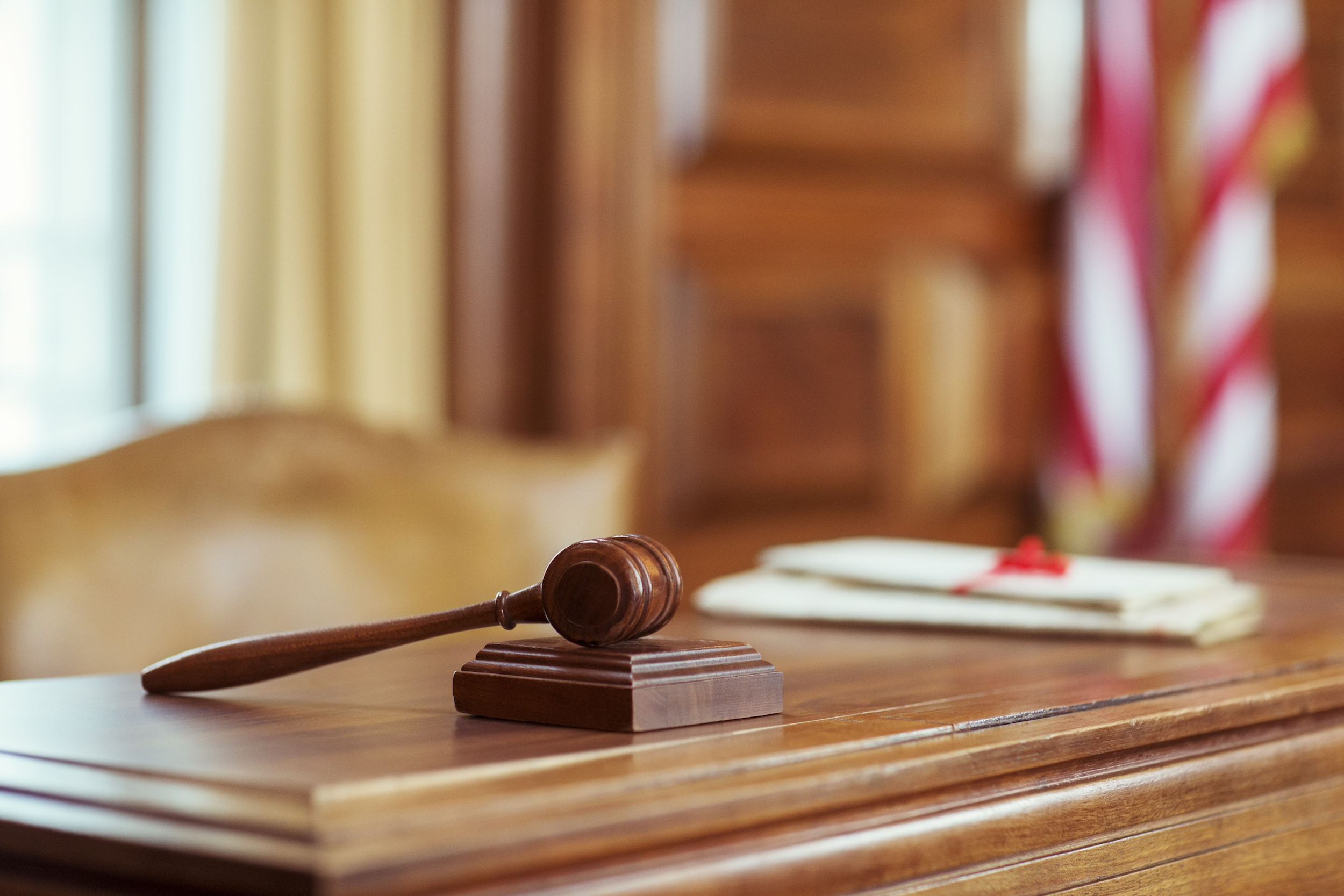Court Upholds FCC Decision to Share V2V Spectrum with Wi-Fi
Said decision was not arbitrary or capricious

The U.S. Court of Appeals for the D.C. Circuit has upheld the FCC's decision to allow the 5.9 GHz spectrum used for vehicle-to-vehicle communications to be shared with unlicensed Wi-Fi, say, cable broadband hot spots, for example.
The same court had last year declined to stay that decision when asked by V2V stakeholders.
In a victory for cable broadband operators and computer companies, the FCC voted back in 2020 to free up the lower 45 MHz of the 5.9 GHz band for wireless broadband while transitioning the remaining upper 30 MHz to the latest iteration of vehicle-to-vehicle (V2V) communications, and cellular vehicle-to-everything (C-V2X) technology.
That decision had been challenged by the Intelligent Transportation Society of America and the American Association of State Highway and Transportation Officials.
During oral argument before the court back in January, the FCC said that it had made a "reasonable, record-based determination" that it was neither necessary nor in the public interest to use the additional 45 MHz of spectrum for ITS "at the expense of other pressing needs." The ITS groups argued that the FCC had failed to adequately explain its decision and thus had unlawfully revoked or modified FCC licenses.
The court Friday (Aug. 12) disagreed with the ITS groups "on all fronts" and denied the challenge, ruling that the FCC decision that sharing with Wi-Fi was the best use of the spectrum was neither arbitrary nor capricious given the FCC's broad authority to oversee communications.
The court pointed out that no one challenged the FCC's authority to designate the 75 MHz for ITS back in 1999, the same authority it used in 2020 to "update" the allocation to share with Wi-Fi.
The smarter way to stay on top of the multichannel video marketplace. Sign up below.
As to any auto safety issues related to only giving ITS 30 MHZ--ITS said it risked interference to life-saving technologies--the court said: "The FCC adequately explained its conclusion that “30 megahertz is sufficient for the provision of core vehicle safety-related [ITS] functions.”
“The D.C. Circuit’s decision to uphold the FCC’s 5.9 GHz order is an enormous victory for American consumers," said NCTA-the Internet & Television Association. "The Commission’s unanimous, bipartisan order modernizes a band that was primarily unused for over 20 years, and today’s court decision enables that important 5.9 GHz spectrum to provide consumers with even more reliable high-speed Wi-Fi and access to next-generation automotive safety applications. We look forward to working with the Commission to build on this positive momentum and complete the 5.9 GHz proceeding.”
“Unsurprisingly, the D.C. Circuit reinforced its similar decision last December, concerning the 6 GHz band, that the FCC has wide discretion to authorize unlicensed sharing of underutilized spectrum or, in this case, to reallocate a portion of a lightly-used band to provide more bandwidth for next generation Wi-Fi," said Michael Calabrese, director of the Wireless Future Program at the Open Technology Institute at New America. "Since chairwoman Rosenworcel was a driving force behind the FCC’s unanimous 5-0 votes for to authorize unlicensed use of both the 5.9 and 6 GHz bands, consumer advocates expect she will now move quickly to complete both proceedings and maintain the U.S. position as the global leader in Wi-Fi technologies.”
New America had filed an amicus brief with the court in support of the FCC decision.
“I am very pleased that the DC Circuit has upheld the FCC’s 2020 decision to free up more mid-band spectrum for high-speed Wi-Fi and 5G in the 5.9 GHz band," said FCC commissioner Brendan Carr, who took the opportunity to talk up his former boss, under whom the FCC 6.5 GHz decision was made. "This marks another solid win for then-chairman Ajit Pai’s strong record of spectrum leadership. Those efforts included action on 280 MHz in the C Band, 45 MHz in the 5.9 GHz band, 1,200 MHz in the 6 GHz band, 30 MHz in the L Band, 200 MHz in the 2.5 GHz band, 50 MHz in the 4.9 GHz band, as well as work to prepare 100 MHz in the 3.45 GHz band for auction last year.
“At the FCC, we should welcome today’s court decision as a call to return to freeing up spectrum at the pace and cadence we have been moving," he said. "I look forward to continue to work with my FCC colleagues on doing just that.”
"Yet again, the D.C. Circuit has reaffirmed the FCC's broad discretion to reallocate spectrum for Wi-Fi and other unlicensed uses," said Andrew Jay Schwartzman, senior counselor, Benton Institute for Broadband & Society. "Today's decision is especially important because it makes clear that the FCC, not the Department of Transportation or other agencies, is the final arbiter of these assessments. The auto industry tried to hoard a wide band of spectrum, and the FCC properly found that there are better uses for it.
V2V stakeholder the 5G Automotive Association said the decision should pave the way for FCC waivers.
“In recent months, leading public and private sector transportation stakeholders have petitioned the FCC for waiver authority to begin widescale Cellular Vehicle-to-Everything (C-V2X) operations in the remaining 5.9 GHz frequencies reserved for intelligent transportation systems," said Sean Conway, outside counsel to the association. "Now that the D.C. Circuit has acted, it is time for the FCC to take the next logical step and grant these waiver requests to enable investment and innovation in C-V2X-powered transportation safety applications.” ■
Contributing editor John Eggerton has been an editor and/or writer on media regulation, legislation and policy for over four decades, including covering the FCC, FTC, Congress, the major media trade associations, and the federal courts. In addition to Multichannel News and Broadcasting + Cable, his work has appeared in Radio World, TV Technology, TV Fax, This Week in Consumer Electronics, Variety and the Encyclopedia Britannica.

